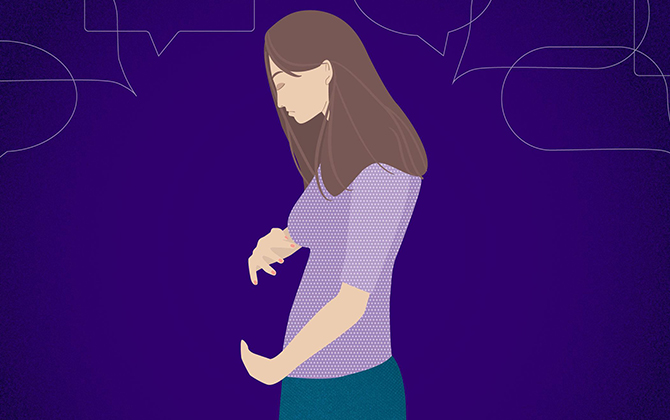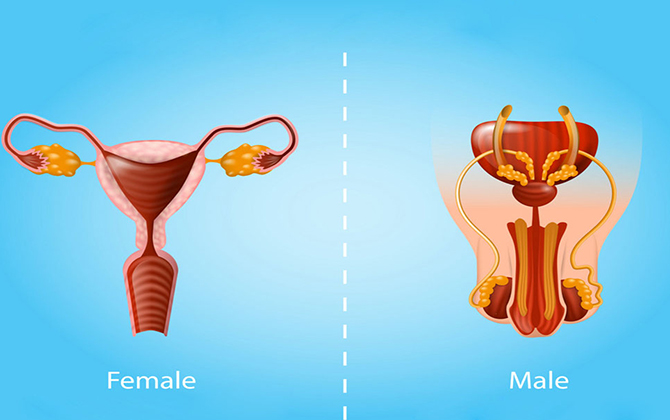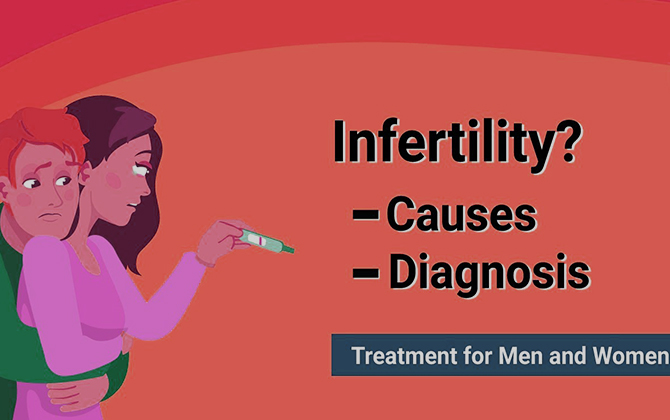


Infertility Diagnosis
This formal living room not only needed a focal point but color and style too. Using a high contrast palette of cool grey and blue against the warm cream and wood tones created a dramatic, yet inviting place for lounging and entertaining. Transitional lighting and furniture complete this beautiful space and Notice this room’s natural feel.
The main factor influencing the decision-making process in the infertility treatment should be primarily the cause of infertility but also the woman's age, the duration of infertility, the number of previously performed treatment cycles. As much as possible, the infertility treatment program must be tailored to the individual needs. Hence, the couple should be offered Counseling of the highest quality together with properly chosen diagnostic tests and the most effective treatment, including pharmacology (conservative), surgery - mainly surgical endoscopy, and ART. The basic requirements in the infertility treatment ought to be based on the rule that the offered treatment must always be the one which is the most effective from among the options available at the moment.
The following tests may be recommended as part of your infertility evaluation:
Male Partner Semen Analysis: Although the semen analysis is obtained from the male partner, it is an essential part of the infertility evaluation. A semen analysis should provide information about the number, movement, and shape of the sperm. A semen analysis is necessary even if the male partner has fathered a child before.
Hysterosalpingogram (HSG): This is an X-ray procedure to see if the fallopian tubes are open and to if the shape of the uterine cavity is normal. A catheter is inserted into the opening of the cervix through the vagina. A liquid containing iodine (contrast) is injected through the catheter. The contrast fills the uterus and enters the tubes, outlining the length of the tubes, and spills out their ends if they are open.
Transvaginal Ultrasonography: An ultrasound probe placed in the vagina allows the clinician to check the uterus and ovaries for abnormalities such as fibroids and ovarian cysts.
Ovarian Reserve Testing: When attempting to test for a woman’s ovarian reserve, the clinician is trying to predict whether she can produce an egg or eggs of good quality and how well her ovaries are responding to the hormonal signals from her brain. The most common test to evaluate ovarian reserve is a blood test for folliclestimulating hormone (FSH) drawn on cycle day 3. In addition to the FSH level, your physician may recommend other blood tests, such as estradiol, antimüllerian hormone (AMH), and/or inhibin-B, as well as a transvaginal ultrasound to do an antral follicle count (the number of follicles or egg sacs seen during the early part of a menstrual cycle).
Ovarian reserve testing is more important for women who have a higher risk of reduced ovarian reserve, such as women who:
- are over age 35 years;
- have a family history of early menopause;
- have a single ovary;
- have a history of previous ovarian surgery, chemotherapy, or pelvic radiation therapy;
- have unexplained infertility; or
- have shown poor response to gonadotropin ovarian stimulation.
Other Blood Tests: Thyroid-stimulating hormone (TSH) and prolactin levels are useful to identify thyroid disorders and hyperprolactinemia, which may cause problems with fertility, menstrual irregularities, and repeated miscarriages. In women who are thought to have an increase in hirsutism (including hair on the face and/or down the middle of the chest or abdomen), blood tests for dehydroepiandrosterone sulfate (DHEAS), 17-α hydroxyprogesterone, and total testosterone should be considered. A blood progesterone level drawn in the second half of the menstrual cycle can help document whether ovulation has occurred.
Urinary Luteinizing Hormone (LH): Over-the-counter “ovulation predictor kits” detect the presence of LH in urine and can detect a rise in this hormone that occurs one to two days before ovulation. In contrast to blood progesterone levels, urinary LH tests can predict ovulation before it occurs. Urinary LH testing helps define the times of greatest fertility: the day of the LH surge and the following two days. However, these tests can be expensive and should only be used by women with menstrual cycles that are consistently 25-35 days in length.
Sonohysterography: This procedure uses transvaginal ultrasound after filling the uterus with saline (a salt solution). This improves detection of intrauterine problems such as endometrial polyps and fibroids compared with using transvaginal ultrasonography alone. If an abnormality is seen, a hysteroscopy is typically done. This test is often done in place of HSG.
Hysteroscopy: This is a surgical procedure in which a lighted telescope-like instrument (hysteroscope) is passed through the cervix to view the inside of the uterus. Hysteroscopy can help diagnose and treat abnormalities inside the uterine cavity such as polyps, fibroids, and adhesions (scar tissue).
Laparoscopy: This is a surgical procedure in which a lighted telescope-like instrument (laparoscope) is inserted through the wall of the abdomen into the pelvic cavity. Laparoscopy is useful to evaluate the pelvic cavity for endometriosis, pelvic adhesions, and other abnormalities. Laparoscopy is not a first line option in the evaluation of a female patient. Because of its higher costs and potential surgical risk, it may be recommended depending on the results of other testing and a woman’s history, such as pelvic pain and previous surgeries.
For best results, the infertility evaluation should be individualized based on each woman’s specific circumstances.

